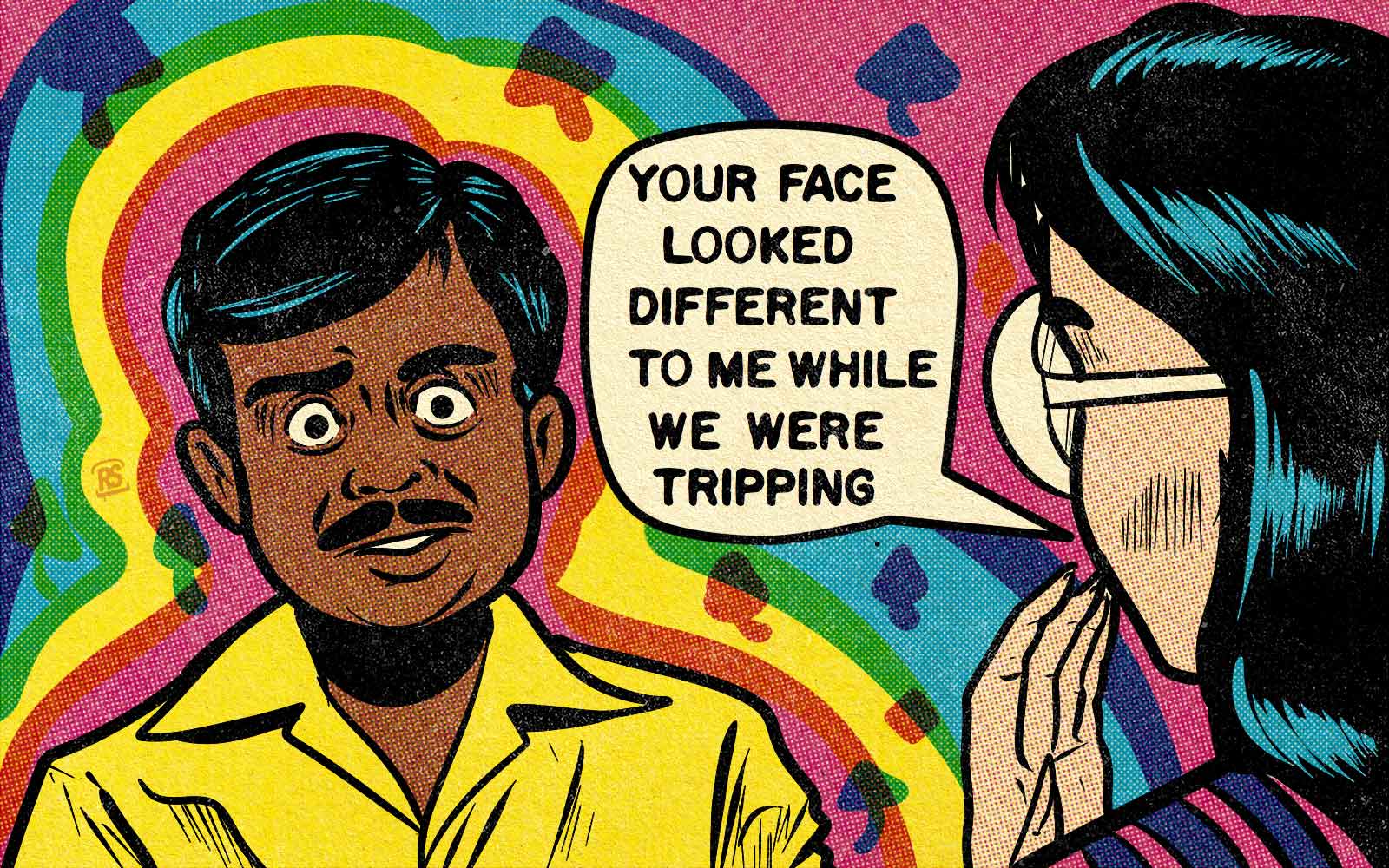Don’t listen to what someone’s saying if you want to know what they’re thinking — instead, pay attention to their expressions. One of our animal superpowers is the recognition of emotions in facial expressions (REFE). Expressions precede language as a main mode of communication and frequently tell a much more truthful tale than the string of sounds that come out of people’s mouths.
In our society, learning from witnessing someone’s facial and body language plays a significant role in social literacy. Context clues are also important, and there’s plenty of room for error if you make a mistake. Higher-order emotions, such as empathy, however, rely on comprehension of others’ experiences. This begins with an understanding of facial expressions that you’ve also experienced.
According to a new systematic review, serotonergic hallucinogens aid in the recognition of emotions in facial expressions.
This human trait is the center of a systematic evaluation (2019) of eight previously-conducted psychedelic experiments. A team from the University of Sao Paulo discovered that LSD and psilocybin lower the user’s recognition of negative facial expressions due to altered amygdala activity, according to a study published in Therapeutic Advances in Psychopharmacology.
Anxiety and depression sufferers are hyper-aware of negative emotions in other people’s faces, exacerbating their condition.
This could be a lifesaver for folks who have issues reading emotional states. Anxiety and mood disorder sufferers have problems reading facial expressions, according to previous research. An intense focus on negative emotions dominates other kinds of expression in anxiety disorders — negative stimuli are internalized by the afflicted, reinforcing a hyperactive nervous system. It becomes exhausting to recognize good emotions — everyone’s intentions are questioned, and they always skew antagonistic, at least in the mind of highly sensitive people or those with mood and anxiety disorders.
The review showed promising findings that psychedelics helped those who had difficulty reading facial expressions, but also showed the potential to treat the user’s depression, anxiety, or other mental condition:
“Of the 62 studies identified, 8 studies were included. Included studies involved the administration of a single or a few doses of LSD or psilocybin, and most trials were randomized and controlled with placebo. LSD and psilocybin reduced the recognition of negative emotions in most studies and modulated amygdala activity to these stimuli, which was correlated with antidepressive effects in patients. Both drugs were well tolerated.”
While additional research is needed, psychedelics have the potential to be a strong tool in the fight against mental illness.
Although MDMA has been proven to improve REFE, the authors of the Sao Paulo study state that a class of serotonergic hallucinogens that work on the brain’s serotonin system, such as LSD, psilocybin (mushrooms), DMT (in ayahuasca or its more quickly acting isolated form), and mescaline, have also been demonstrated to do so. Increasing REFE has a therapeutic impact: it can relieve depression more quickly than antidepressants. Because pharmaceuticals frequently have long-term negative consequences, using a natural intervention (such as learning how to read people’s faces better) is a remedy that’s low-risk and high-reward.















